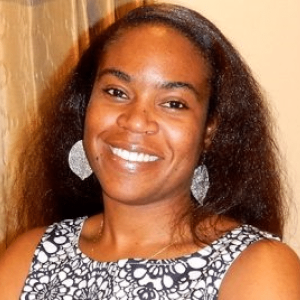“I think it’s very important that we do this…,” said fisherman Patterson Storr. “Science and commercial fishing workers, working hand in hand to learn what we can about this species.”
Fish spawning aggregations (FSAs) are used by many species to breed or reproduce, and this strategy is typical of economically and ecologically important fishes like groupers and snappers. Fish that undertake long migrations from their home ranges to FSAs to reproduce annually at specific times of the year are known as transient spawners.
The Nassau grouper(Epinephelus striatus) is one of the most well-known examples of a species that uses this particular method to replenish its populations. However, there is still so much to learn about this evolutionary beneficial strategy, which has unfortunately brought one of the largest predatory reef fish closer to extinction.
How many activeNassau grouper FSAs remain and where do they occur? What are the energetic costs associated with long distance spawning migrations? What does the future of this overfished species look like in a rapidly changing climate? These are just some of the many questions that still need to be answered to assist with effectively managing and conserving Nassau grouper populations and protecting critical areas.
The Bahamas encompasses a vast geographic area, with more reported Nassau grouper FSAs than any other country, so finding exactly where these fish are going to spawn takes quite a bit of work. Acoustic telemetry is one of the methods commonly used to investigate spatial patterns and understand behaviour and habitat use in marine species. Transmitters are now coupled with motion sensors, such as accelerometers to remotely measure fish activity. By deploying activity sensing transmitters in wild fish, we can continuously track both their patterns of space use and energy expenditure.
Telemetry has been successfully employed within The Bahamas to investigate Nassau grouper FSAs along the Exuma Sound and Tongue of the Ocean, but San Salvador represents unchartered territory for this type of research. The Perry Institute for Marine Science (PIMS) in collaboration with Florida International University (FIU) is establishing an array of acoustic receivers around San Salvador to locate and map active Nassau grouper spawning sites and investigate for the first time, the energetic costs associated with spawning behavior.
The March expedition was led by PIMS Senior Scientist, Dr. Krista Sherman with the assistance of San Salvador fishermen (Patterson, Patrick and Coolie), research assistants, Walcott Miller (BESS Programme Alumnus) and Rosie Poirier (CetusResearch & Conservation). Over the course of seven days, the team deployed acoustic receivers, captured, processed, tagged and released Nassau grouper around San Salvador.
”It means a lot to me, to be a part of this study,” said Storr. “With the Nassau grouper being at the brink of extinction… it’s not a good thing to hear.”
Additional fieldwork trip will be organized for later this year to expand the acoustic telemetry array and surgically tag and process more Nassau grouper.
Project collaborator Sarah Luongo (PhD Candidate, FIU) stated, “San Salvador provides a unique study location to gain valuable insight that will help us aid in the protection of Nassau grouper. It is our hope to not only identify where around the island Nassau grouper are spawning, but further quantify how energetically costly this behavior is”.
Visit the Fisheries Research & Conservation Program for more information about Nassau grouper research and donate to support our work. For project updates, follow Facebook and Instagram at @perryinstituteformarinescienceand @nassaugrouper242.






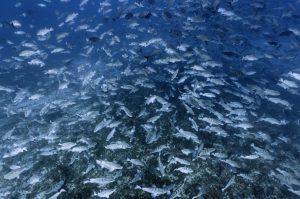
Thriving Fish Spawning Aggregation Inspires Hope for the Future
Nassau grouper FSA in Ragged Island during January 2025. | © André Musgrove Fish Spawning Aggregations & Nassau Grouper Imagine witnessing thousands of fish gathering in a synchronized spectacle, moving
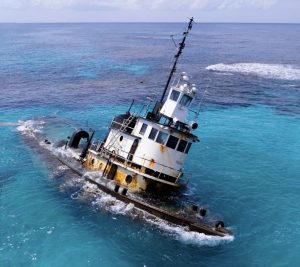
A Year Later, Stranded Tug and Barge Still Scars Reef in Fowl Cays National Park–Residents Demand Accountability
A haunting aerial view of the grounded tug and barge in Fowl Cays National Park—still embedded in coral a year later, a stark reminder of the cost of inaction. Photo
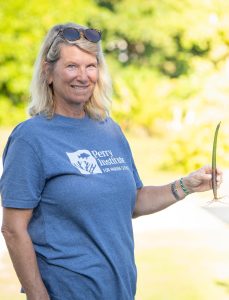
Women Leading Mangrove Restoration in The Bahamas
Have you ever wondered who’s behind the scenes saving our environment, right in our own backyard? Picture a group of energetic, determined women rolling up their sleeves and diving into
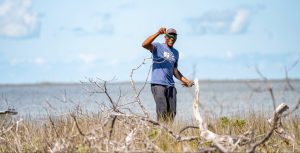
Rewilding the Marls of Abaco: PIMS Plants 100,000 Mangroves and Counting in 2024
As the afternoon sun bathes the Marls of Abaco in golden light, Bahamian boat captain Willis Levarity–locally known as “Captain to the Stars”–stands ankle-deep in soft, warm mud. A broad
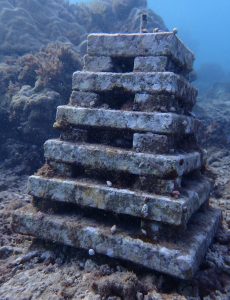
Unveiling Coral Reef Biodiversity: Insights from ARMS Monitoring Structures
An ARM teeming with new coral recruits and a diversity of marine life, highlighting reef recovery and biodiversity Understanding Coral Reef Biodiversity Most new PhDs in the natural sciences move
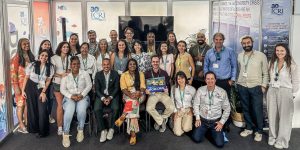
7 Key Takeaways from COP16: Confronting Coral Reef Challenges in a Changing Climate
United #ForCoral: Experts, advocates, and leaders from across the globe join forces at COP16 for the #ForCoral conference, hosted by the International Coral Reef Initiative. Together, they’re driving urgent action


